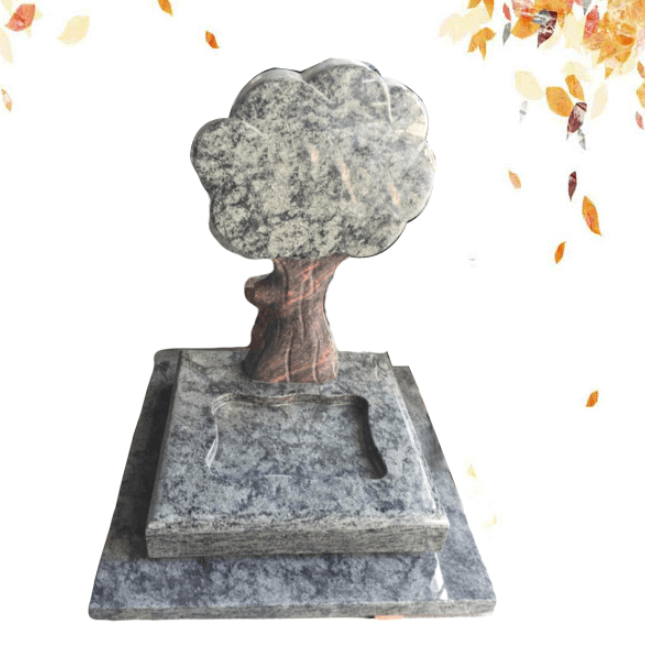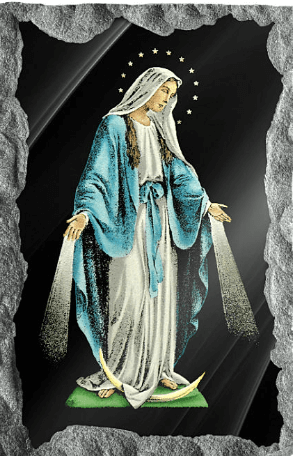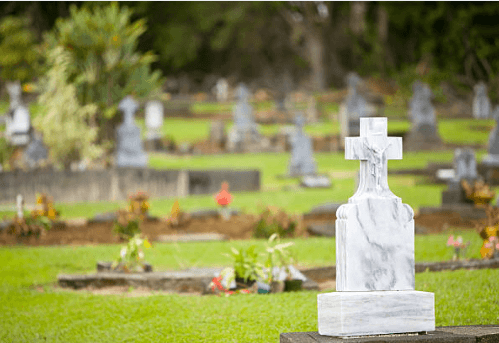When you walk through a cemetary, you see many diferent gravestone shapes. Each shape tells a story about the person who died. Families choose these shapes to show their loved one’s beliefs, life, and personality.
Common Gravestone Shapes and Their Meanings
Cross Headstone The cross headstone is the most popular choice for Christian families. This shape shows faith in Jesus Christ. Many churches have used cross symbols for over 2,000 years. The cross represents hope for eternal life after death.
Heart Shape Headstone A heart shape headstone shows deep love and afection. Families often choose this shape for young people who died too early. The heart symbol means the person was loved by many. Some heart stones have two hearts joined together to show marriage love.
Angel Shape Headstone Angel headstones are common for children’s graves. Angels protect and guide souls to heaven. These stones comfort families who lost a child. The angel shape also appears on graves of people who helped others during their lifetime.
Book Shape Headstone The book shape headstone honors people who loved reading or teaching. Teachers, writers, and students often have book-shaped stones. The open book represents knowledge and wisdom. Some book stones have favorite quotes or Bible verses carved inside.

Other Meaningful Gravestone Shapes
Tree or Branch Shapes Tree headstones mean eternal life and growth. A broken branch shows a life cut short. Oak trees represent strength, while willows show mourning.
Flower Shapes Rose headstones symbolize love and beauty. Lily shapes mean purity and rebirth. Different flowers have different meanings in many cultures.
Hands Shapes Praying hands show religious faith. Two hands shaking mean farewell. A hand pointing up directs the soul toward heaven.
Lamb Shapes Lamb headstones mark children’s graves. The lamb represents innocence and gentleness. This shape comes from Christian tradtions about Jesus as a shepherd.
Military Shapes The govt. provides special military headstones. These have eagles, flags, or military unit symbols. They honor veterans who served their country.
Ethnic and Cultural Shapes Different cultures use unique shapes. Jewish graves often have Star of David symbols. Celtic crosses appear on Irish graves. Chinese families might choose dragon or phoenix shapes.

How Families Choose Gravestone Shapes
Families think about many things when picking a headstone shape. Cost is important because some shapes cost more than others. The cemetery might have rules about what shapes are allowed. Religious beliefs also guide the choice.
Mrs. Johnson chose a book shape for her husband who taught high school English for 30 years. The Garcia family picked a heart shape after their teenage daughter died in a car accident. Mr. Chen selected an angle shape headstone because his father was an architect who designed buildings.
Facts About Gravestone Shapes
Studies show that 65% of American headstones use traditional rectangular shapes. Cross shapes appear on about 25% of Christian graves. Heart shapes are most common for people who died under age 30.
The oldest known headstones date back to ancient Egypt over 4,000 years ago. Early American colonists used simple stone slabs because fancy shapes were too expensive. Modern laser technology allows craftsmen to create almost any shape families want.
Different regions prefer different shapes. Southern states use more cross headstones than northern states. Western states have more personalized shapes that reflect hobbies or careers.
Modern Trends in Gravestone Shapes
Today’s families want headstones that show personality. Some choose shapes based on the person’s favorite hobby. A football player might have a football-shaped stone. A musician could have a guitar shape.
Technology helps create custom shapes that were impossible before. 3D printing and computer design let families make headstones that look like anything they imagine.
However, many families still choose traditional shapes. The cross, heart, and angel remain popular choices because they have strong meanings that last through time.

Conclusion
Gravestone shapes do have meaning. Each shape tells visitors something important about the person buried there. Whether simple or complex, traditional or modern, these shapes help families remember their loved ones in a special way.
The next time you visit a cemetary, look at the different shapes around you. Each one represents someone’s life, beliefs, and the love their family felt for them. These stone shapes create a lasting tribute that speaks without words.

